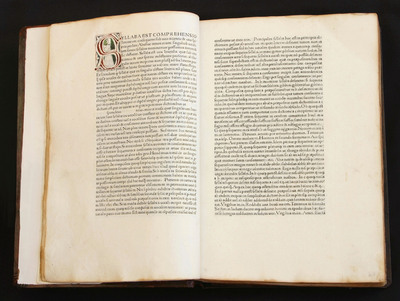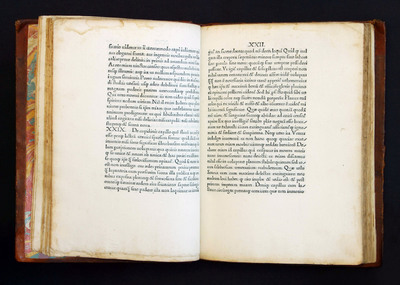It was during the incunabula era that the development and standardization of typefaces began. Penmanship enjoyed a long tradition in Europe with recognized styles being taught and duplicated throughout the West, not unlike calligraphy in the East. Printers initially attempted to mimic handwriting with their presses but it was not long before utility became the larger concern. Metalworkers and printers across Europe turned their attention to the design of legible, easily-cast fonts. Particularly capable artisans became internationally known for their typefaces. Some designers, like Claude Garamond, John Baskerville and Giambattist Bodoni, produced typefaces that are still used today, centuries after their creation.
Many of the early printing industry's most important contributions to the future of text production were in the area of standardization. The initial distribution of font samples from a few early printers provided future printers with a selection of widely accepted letter shapes and, eventually, normative spelling and punctuation on which to base their own work.1 Over the course of the next several hundred years, conventions formed around typeface, size, page layout, margin boundaries, etc. and were refined and formalized by the printing community, eventually leading to the well-standardized industry of the 21st century.
Notes
- Fischer, Steven. A History of Writing (London, England: Reaktion Books, 2001), 272. Return to text ↑



